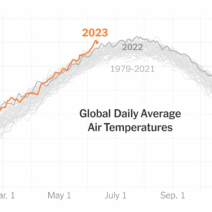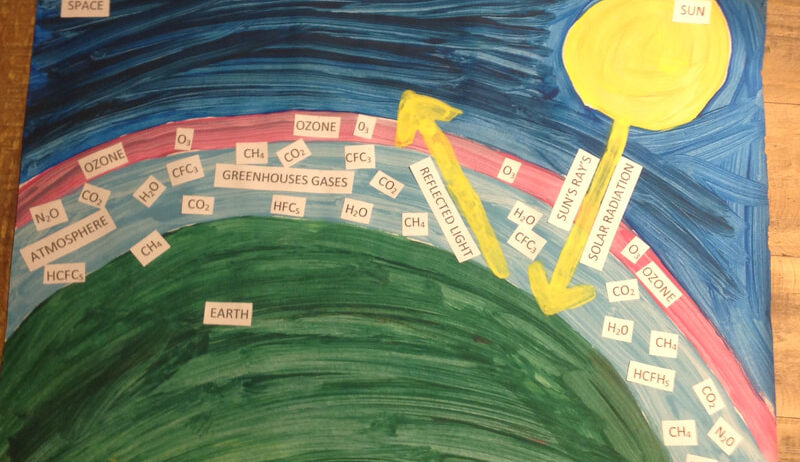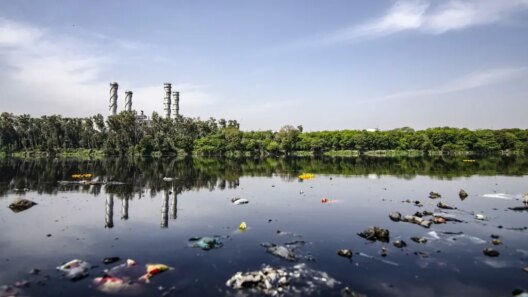Water scarcity and global warming are inextricably linked, presenting a considerable challenge to the survival of countless ecosystems, economies, and communities globally. As climate patterns shift, water resources are diminishing in quality and availability. It raises the pertinent question: does your water bill actually help combat global warming? The answer is a resounding yes, and here’s how.
To understand the connection between your water expenses and climate change, it’s crucial to recognize the multifaceted role of water in our daily lives. From agriculture to energy production, industrial use to residential consumption, water serves as a vital resource that sustains various sectors, each of which has its own climate implications. When we conserve water, we inadvertently reduce the energy consumption associated with water treatment and distribution processes, leading to a decrease in greenhouse gas emissions.
Firstly, let’s delve into the concept of water as an energy resource. The energy generated in the United States, for instance, requires significant quantities of water. Power plants depend on water for cooling, and the extraction and processing of fossil fuels rely heavily on it. According to the U.S. Geological Survey, approximately 40% of all freshwater withdrawals are utilized for thermoelectric power generation. Hence, every drop of water conserved corresponds to a corresponding reduction in energy consumption, thereby minimizing the carbon footprint. This realization illuminates a critical nexus between our water bills and energy conservation.
Moreover, the processes involved in the various stages of the water supply chain—from sourcing and treating to delivering and utilizing water—are energy-intensive operations. For example, water treatment plants consume substantial energy to remove pollutants and distribute potable water. Refraining from excessive water usage directly diminishes the demand on these systems, further mitigating emissions. Consequently, a high water bill generally indicates heightened utilization of this resource, which, if managed properly, can transition to more sustainable practices.
Innovative water conservation strategies can also radically transform our approach to climate resilience. Rainwater harvesting, greywater recycling, and the installation of low-flow fixtures serve as practical measures that households can adopt. Not only do they reduce monthly water expenditure, but they, in turn, contribute positively to the environment by lessening the demand on municipal water systems and lowering overall energy use. This reality suggests a compelling proposition: as homeowners economize on their water bills, they simultaneously invest in environmental sustainability.
The agricultural sector provides another crucial lens through which we can analyze water conservation’s latent potential in combatting climate change. As one of the most water-intensive industries, agricultural practices significantly contribute to greenhouse gas emissions, primarily through methane released during irrigation processes. Implementing water-efficient irrigation systems, such as drip irrigation or scheduling irrigation in correspondence with weather predictions, not only fosters efficient water usage but can also translate to reduced fertilizer runoff and lower emissions of nitrous oxide—a potent greenhouse gas. Thus, when practicing sustainable agriculture methods, farmers are tackling two significant issues at once: water management and global warming.
Urbanization exacerbates the strain on water resources. Rapid development leads to increased impervious surfaces that enhance runoff, causing flooding and reducing groundwater recharge. Implementing green infrastructure, such as permeable pavements, green roofs, and bioswales, contributes to effective water management and enhances stormwater retention. The impact? Less reliance on extensive drainage systems and reduced energy consumption in managing stormwater. Therefore, conscientious urban water policies directly correlate to decreased greenhouse emissions.
Furthermore, addressing the obtaining of fresh water through ingenious technology can result in monumental changes. Desalination plants, while water-intensive, present an avenue for alleviating freshwater shortages in coastal regions. However, these facilities often operate with considerable carbon footprints. Therefore, the pursuit of renewable energy solutions for powering these systems is essential. Harnessing solar or wind power can facilitate a more sustainable approach, underscoring the importance of making choices in water consumption that promote energy conservation simultaneously.
The consumer’s role is paramount in this intricate matrix. By fostering a culture of water conservation, individuals can drive demand for more sustainable water practices. Utility companies are increasingly adopting tiered pricing structures reflecting water scarcity, thus incentivizing lower water usage. This shift enables consumers to understand the broader implications of their water consumption habits. Armed with this knowledge, households can make informed decisions that not only impact their water bills but also contribute to the global fight against climate change.
Education plays a pivotal role in enhancing public consciousness regarding the inherent link between water conservation and climate impact. Local organizations, schools, and community groups can broaden awareness initiatives that inform individuals about water savings tactics, including the significance of fixing leaks, mindful consumption, and sustainable landscaping practices. Such communal efforts can create a ripple effect, instilling a deeper appreciation for water management as a means of adhering to the principles of ecological sustainability.
Ultimately, your water bill can indeed fight global warming. Each reduction in water usage sends a vital message to municipalities and industries about the necessity of sustainable practices. Every dependency on water formulations implemented at home reverberates through the economy, leading to energy savings and consequent declines in emissions. The synergistic relationship between our water practices and global climate action is profound. By committing to water conservation strategies, individuals can operationalize their expenses into a broader movement geared towards sustaining our planet. Thus, while traditional approaches may foster a false dichotomy between economic expenditure and environmental responsibility, conscientious consumption of water emerges as an unequivocal solution, harmonizing both fiscal prudence and climate advocacy.







